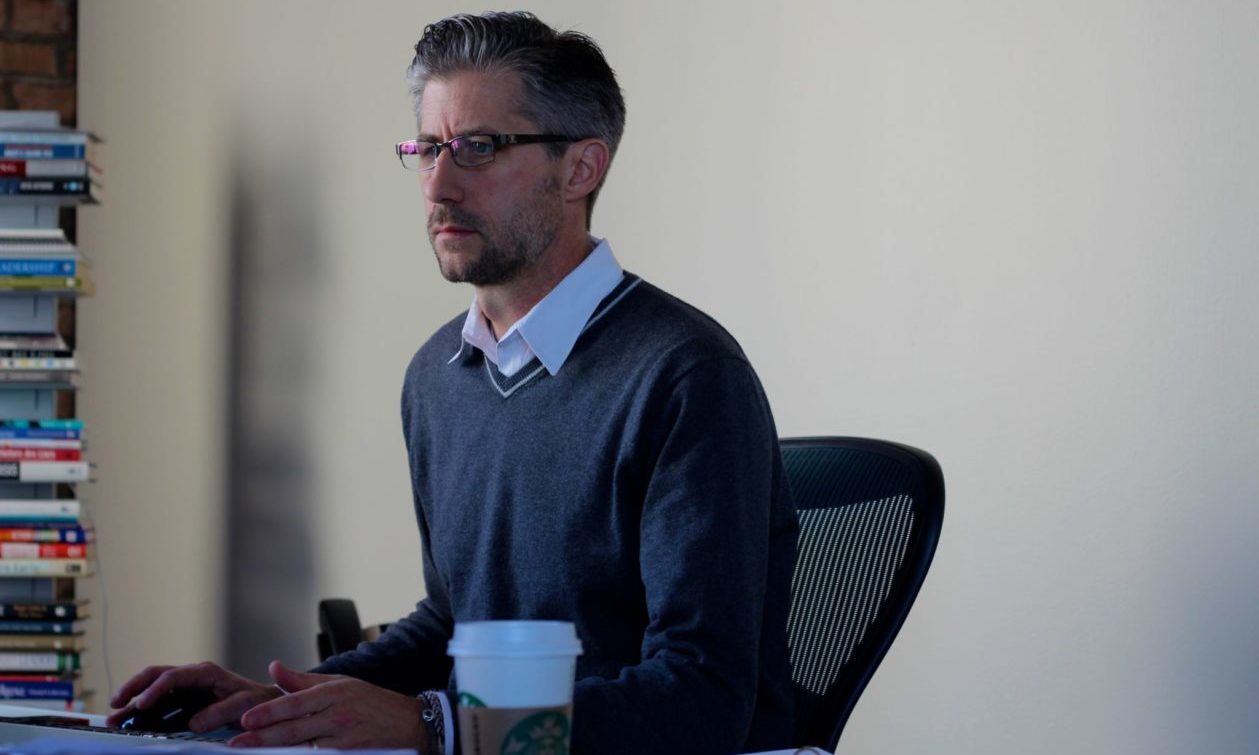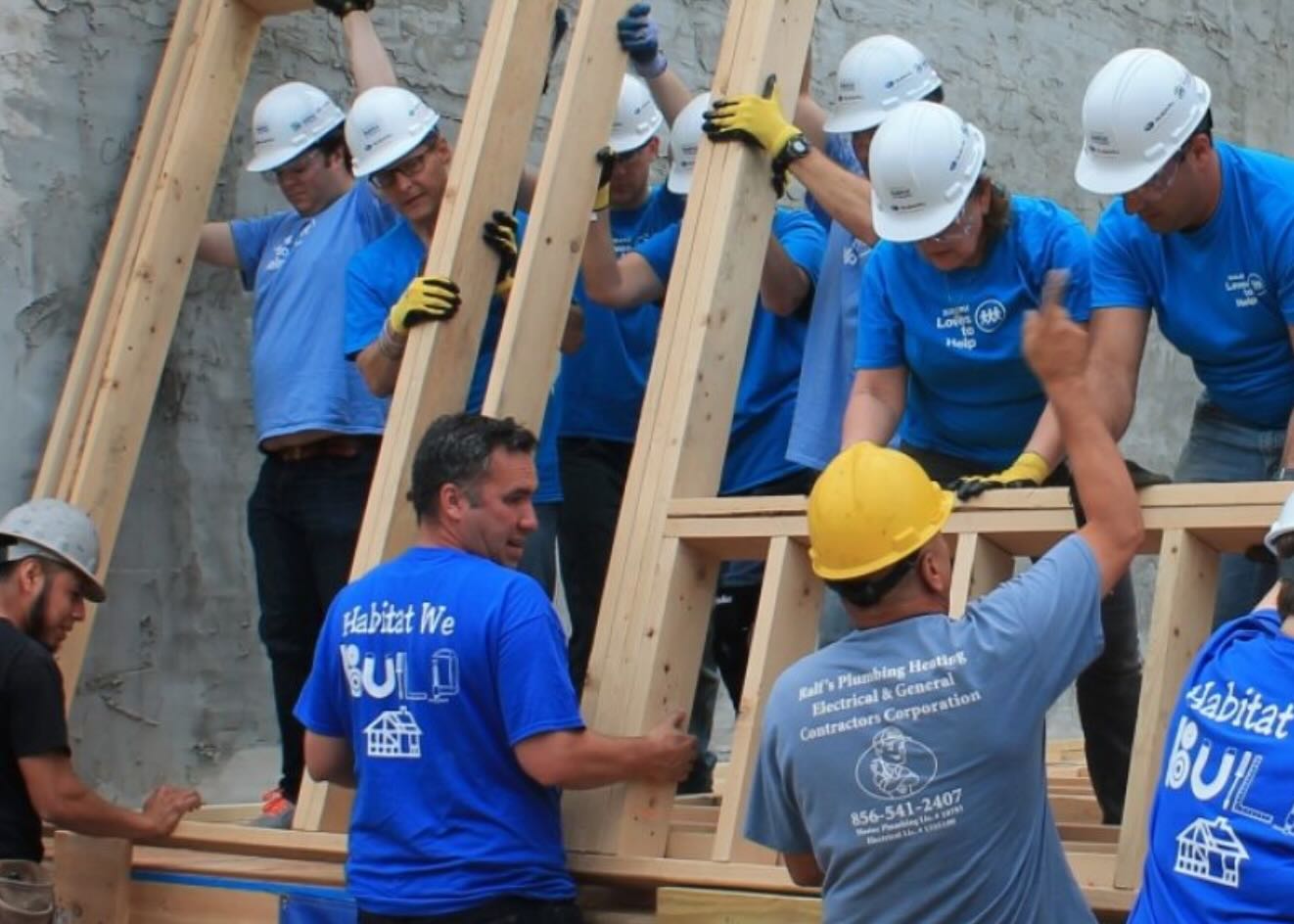Data and technology hold the key to combatting mental health crises and spurring addiction recovery, says Chris Hart. A managing partner at the Chicago management consulting firm sr4 Partners, Hart is working with former congressman Patrick Kennedy (D-RI) and companies like Google to document and replicate best practices for mental health and addiction care, and to grow recovery services. “We’ve never evaluated all of the social determinants that go into facilitating someone in recovery’s ability to live in a community: the housing, employment and counseling that makes a community a better place in which to seek recovery,” Kennedy says. “If we’re going to up our game in terms of advocacy, we want to advocate for that in every community, and start to benchmark those models. That’s what Chris is doing.”
Hart spoke with us about how he’s measuring success and which cities are doing the best work.
Q: How are you using data collection to address issues of mental health and addiction?
I’m trying to influence and reform the way in which we—communities and healthcare systems—care for and support people with mental health issues or with resolving a problem with alcohol or drugs.
I look at three areas: local and national public policy; what patient care models look like and how we’re thinking about this with a disease/health management status versus as a moral failing; and referral data. When people are willing to seek care and support, how can we rapidly connect them to resources in their community? It’s really challenging to find this type of information.

How exactly do you do that?
We’re moving from an in-depth understanding of asset inventory to asset mapping. We’re able to tap into social networks and peer referrals and really talk to people on the ground in local communities. We’re really taking an assessment of “recovery capital” and working on getting better at the predictive modeling around what recovery capital looks like, which is essentially
a healthier lifestyle in individuals who are being supported to a greater degree. When we see deficiencies, we can direct resources.
How and why did you become involved in this area?
I got involved in 2011, when I was working with a group on a community asset mapping project at University of Southern California. There was a group interested in putting together a program for college students in recovery and looking for a supportive environment to achieve academic goals. We worked with philanthropist Stacie Mathewson, who lost her son to addiction. She was looking to start a nonprofit to develop this on a national scale and created Transforming Youth Recovery. When we started, we had 20 programs, and now we’re at about 200.
How does the Transforming Youth Recovery foundation work?
When we designed the grants, it was $10,000 for universities and we only required two things: that the money directly serve students, and that the university map its community by finding the things that were helping students in recovery maintain and, over time, thrive in recovery.

That started as a data collection process. We had this hypothesis: We’ll get information about outpatient counselors and recovery meeting information. But what we got was that plus insight into the particular dynamics and characteristics of the community. So for example we’d learn about a coffee shop owned by someone in recovery who will open doors for students who are struggling. That’s the non-formal understanding of how people in a community support themselves with whatever’s in their arena. How do we mine the local knowledge? How do we quantify what people intuitively know but that you won’t find on a web search?
What’s new about this approach?
One of the things we can do now is allow people online to create a personal collection of things like support meetings and peer counselors in their community. We can look at the collections and use that as intelligence to tell us what people really value in any particular area. One thing we really want to understand is what characteristics are most helpful: It can be for support meetings, either that a user is attending or sharing with someone else. You have all kinds of recovery supports and peer counselors, and they’re all in the mosaic of the community but are not necessarily tied into a healthcare system. This kind of approach is a feature in the Recovery Resources Hub, the online application where we make data available: recoveryresourcehub.org.
How long have you been working in this space, and what kind of results have you seen?
I’ve been doing this since 2011. Our research is focused on how you classify things and make them available. We run analytics on how people are accessing information, but we don’t interact with the end user. We can see a map was clicked on and that someone found a meeting, and I can make an assumption that maybe the user attended the meeting, but I don’t track that. Part of our work right now, with Google Recover Together, is moving data into more user-connected applications so we can better understand our impact.
Google and its public policy team, to whom I give enormous credit, are really looking at ways that we qualify and certify things like treatment and treatment services. We’re seeing much greater attention to the ways in which we’re identifying, qualifying and certifying treatment centers that are advertised online.
What improvements are you hoping to make?
There are many areas we still need to advance greatly. One in particular: transitional and recovery housing. It’s very limited.
Is that true everywhere?
Some cities are much better and then we also have to look at what exists on a national level versus the municipal level.
One of the things that’s really interesting: How housing is affected when you begin to get into alternative payment reform models. We’re moving to tying reimbursements to actual outcomes.
Which cities are leaders in this?
Philadelphia in particular has a very robust care, support and harm-reduction program in place that we’re trying to learn from. I’m also looking at Atlanta, Louisville, Dallas-Fort Worth and Houston, particularly as it relates to youth, offering recovery high schools and peer systems.
In the northeast, from Pawtucket up to Boston, there are definite hot spots where we can dive in and really uncover the models that are working.
This the heart of an asset-based approach. We’re asking what’s good and how can we make it available to other communities? What are the assets that make for individuals who are thriving as they are working to resolve addiction and mental health issues?






